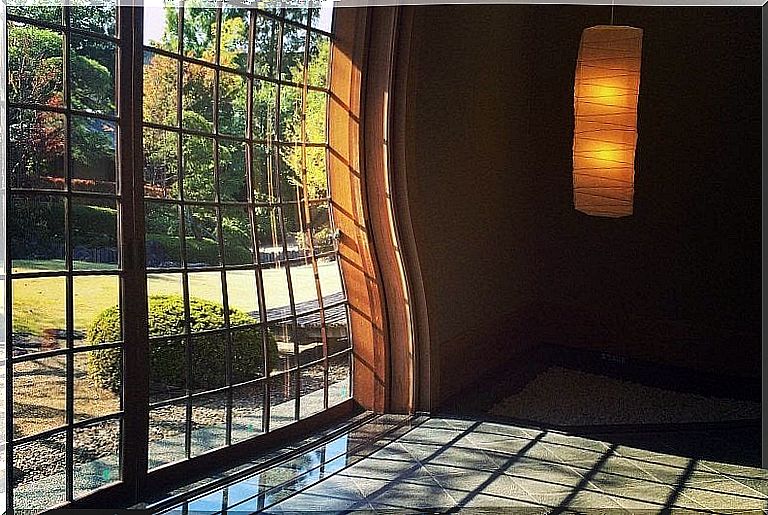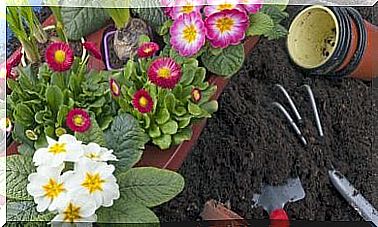Principles Of Japanese Decoration For Your Home
If you like minimalism, order and respect for nature, this type of decoration for the house will appeal to you. Do not miss to read this article, you will find interesting options there.

Japanese decoration is the reflection of a culture based on honor, duty and love for natural things. All this respect for nature is transposed inside the houses to generate an atmosphere of peace and calm.
In this type of decoration, what stands out the most is minimalism. That is to say little furniture, very sober and simple. Few decorative elements are used, just the necessary furniture.
Another important element is order. Because of this culture of responsibility and work, no mess or negligence is allowed.
The environment seems neat, orderly and in harmony with nature. It should be simple and favor straight lines. It is an ideal style to maintain order in every room and achieve the peace that oriental culture conveys.
How to make a Japanese decoration?

If you follow these steps, you will be able to set up Japanese decoration in any environment. The first thing to keep in mind is that this is a minimalist environment, that is, with just the essential furniture. This will end the mess.
Asymmetry of objects
In Japanese culture, asymmetry is synonymous with creativity. This is why, in this type of decoration, special attention should be paid to the asymmetrical arrangement of objects and decorative elements.
Low beds
Low beds are very common in Japanese interiors. Often you will find that the mattress is a carpet made of straw called a “tatami”. This element provides warmth and a pleasant feeling of comfort. Plus, it provides the hardness needed to sleep comfortably.
Also read: How to decorate your bedroom to promote restful sleep?
Low table and seats
The Japanese sit on the ground. The tables are very low and therefore they use thick and comfortable cushions, in sober and light colors, to sit on. You will notice that the tables are very small compared to the western tables.
Elements of nature in Japanese decoration
Nature is very present in Japanese culture. Indeed, we use different types of wood, we decorate with plants and we pay homage to water everywhere. You can add some of these items in every home environment:
- Traditional Japanese plants like bamboo or bonsai. They will always look natural and green.
- Large windows overlooking large green plantations.
- Small gardens in specific areas of the room with wood and stone decorations
- Small water fountains that generate an environment of incomparable tranquility
Doors and windows in Japanese decoration

This type of sliding door is widely used in Japan due to lack of space. This characteristic makes every available square centimeter special and neat. They are generally wide and translucent, as they are made of paper with a wooden frame. They perform the function of doors and walls at the same time.
The windows are extremely wide and still allow you to see the nature that is outside. They are sliding like the doors and have a similar structure.
Screens are also widely used to separate spaces. They are mobile and simple divisions that help to unite or divide environments in a simple, fast and efficient way. This is undoubtedly a great solution if you have a modern home with little space.
Japanese bathtubs
In Japanese culture, the bath is a time of relaxation and purification. For this reason, the tubs are rectangular and deep. They have a seat allowing the body to be completely submerged in water.
Traditionally, they were made with a special wood that transferred its aroma to the water, producing a relaxing effect.
Japanese flower arrangements
It is common to find ikebanas or small flower arrangements in Japanese homes. They are characterized by linear shapes that incorporate branches in their natural state. They still correspond to the traditions of the Japanese people, where each celebration has its own ikebana.
Finally, Japanese decoration attracts attention, because it conveys a passionate culture. It also offers a great advantage in the economy of spaces and in the enhancement of nature. Obviously, opting for interior design in this style will help create an atmosphere of order, respect and simplicity.









